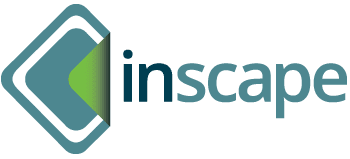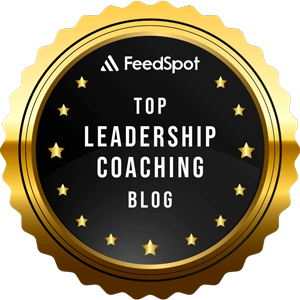To keep up with the ever-changing world we live in, companies need to be on their toes constantly. It’s not enough to just stay afloat; they need always to be moving forward and adapting to survive. This is a challenge for many organizations, especially those that are large and have been around for decades or more. The best way for these businesses to evolve is through continuous learning and strategy models to help them stay ahead of the curve.
Businesses that adopt continuous learning models have more accurate and updated tools at their disposal to make strategic decisions. They can identify potential risks in the market, new opportunities for growth, and threats from competitors much faster than those who don’t utilize a strategy model. A company can also learn how its customers view its product or service, which will help them better understand ways they should be evolving it so as not to lose clients. Continuous learners are also able to anticipate changes in customer needs before they happen, which is invaluable because when these shifts come about, there isn’t time wasted by reactive methods of adjusting plans.
Incorporating this into your business’s culture requires an investment up front but pays off tremendously over time, given what we know about the benefits mentioned above. To establish a learning and strategy model, you’ll need to:
1. Assess your company’s current situation
Your organization’s current learning model needs to be thoroughly analyzed concerning its strengths and weaknesses. Leaders need to understand where they’re currently at in terms of innovation practices and what their long-term goals are moving forward. This will also help you know how much time and resources you’ll want to invest into these improvements because it varies from one area of a company to another depending on where it is most needed.
Some departments may already have solid skill sets, while others may require significant training programs or new staff members being hired to promote growth.
2. Create an action plan
You’ll then need an action plan with goals that detail specific ways to improve its skill-sets and innovation practices in the coming months or years.
The action plan should consider the company’s current learning and innovation practices so that no more gaps or blind spots are moving forward. Your employees should be able to see what they can improve on for your business to progress and what parts of the organization need more attention.
3. Establish measurable checkpoints
You’ll want to establish checkpoints so that progress can be measured as well as a timeline of when specific goals will be accomplished. These targets should be revisited every quarter or year depending on how much change is expected within this time frame. This process helps companies improve their skill sets and drives innovation, which bolsters creativity amongst leadership teams – a crucial ingredient for success.
Conclusion
Incorporating continuous learning into your organization is not only a good idea. It’s necessary to stay competitive and relevant. Without taking proactive steps to remain on top of things, your company will fall behind.
Let’s continue the conversation on how to integrate a continuous learning and strategy model for your company. Email me at greg@inscapeconsulting.com.











